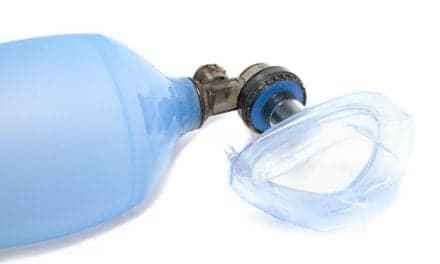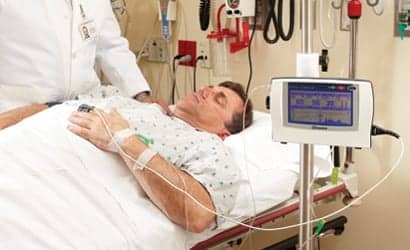Researchers from Harlem Hospital Center embarked on a quality improvement project with the main aim of improving response time to alarms by reducing alarm frequency. The project was designed to address alarm setting strategies institution wide, decrease the frequency of alarms in the critical care units and to ultimately improve patient safety by decreasing alarm response time to less than 60 seconds.
The project took place in the 20-bed adult intensive and coronary care units. All clinical alarm-sounding devices were audited and the three devices with the highest alarm frequencies and greatest impact: bedside cardiac monitors, infusion-pumps, and mechanical ventilators were targeted for alarm reduction interventions. Data on the frequency of alarms and response-time were gathered through 20-minute observation intervals pre-and post-intervention.
Average alarm rates decreased significantly by over 70% from 4.5 to 1.3 alarms/patient/hour at 4-months post-intervention. However, there was no improvement in response time. This important outcome challenges the presumption that reducing alarm frequency will necessarily lead to a decrease in alarm fatigue and an improvement in response time.
In the second study, researchers from Maimonides Medical Center analyzed the accuracy of cardiac monitor alarms in the intensive care unit (ICU) using the hospital’s standard protocol. This project took place in the ICU of a teaching hospital for one year with a total of 2,408 alarms that occurred among 350 patients. Each alarm was studied retrospectively for the occurrence of an actual cardiac event suggested by the alarm. Results found that a large number of alarms in the ICU are false without any clinical significance despite following the standard protocol to reduce false-positive alarms.










